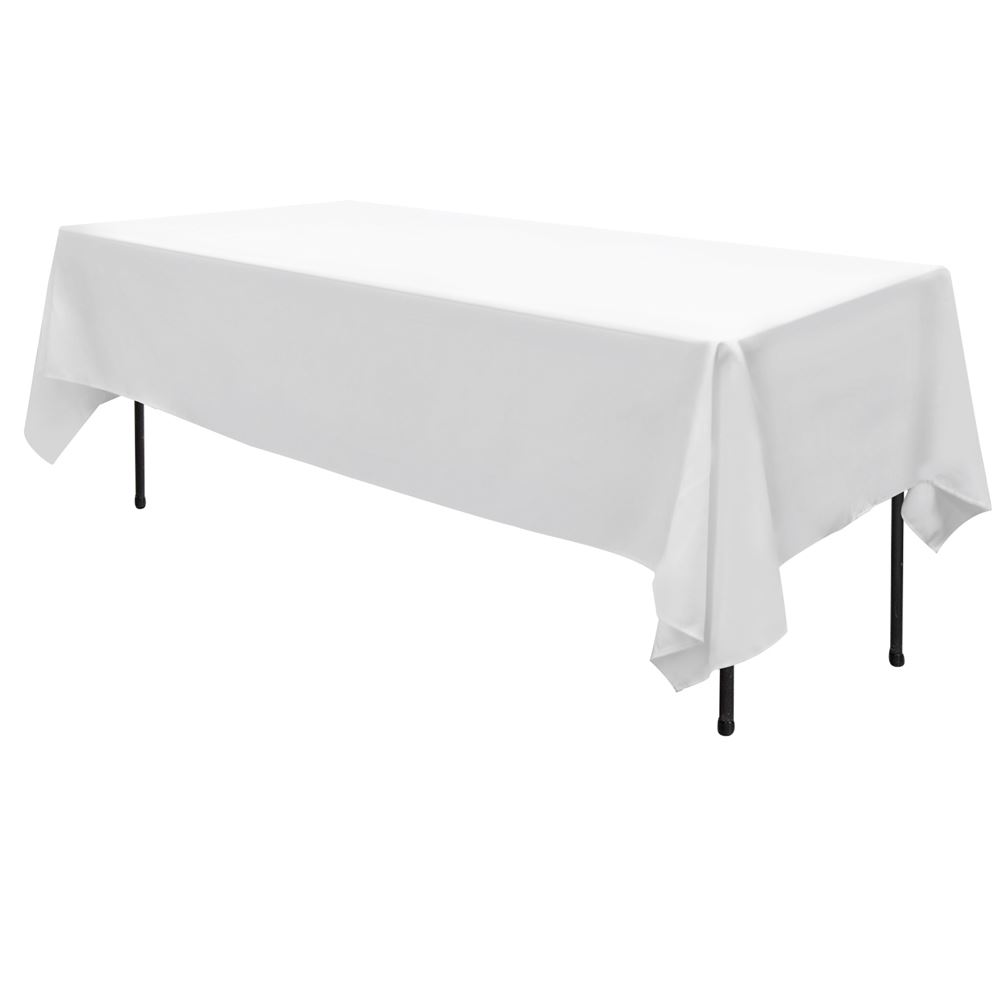Stunning Table Cloths: Improve Your Dining Room Design
Stunning Table Cloths: Improve Your Dining Room Design
Blog Article
Bed Linen Textile Innovations: Exploring Modern Trends and Creative Applications in Design and Textile Market
From sustainable manufacturing approaches to innovative weaving innovations, the development of linen is improving the landscape of the textile industry. As we dive right into the realms of creative layout applications and the introduction of linen blends and crossbreed materials, a new phase unravels in which linen's duty in future fabric developments takes facility stage.
Sustainable Practices in Bed Linen Production
Lasting methods in linen manufacturing have come to be progressively essential in the fabric market's efforts to lessen environmental influence and promote ethical sourcing techniques. Linen, an all-natural fiber obtained from the flax plant, offers a series of benefits such as breathability, biodegradability, and toughness. Nonetheless, conventional approaches of linen manufacturing can involve considerable water consumption, pesticide usage, and energy-intensive processes.
To attend to these obstacles, numerous fabric manufacturers are adopting lasting methods throughout the bed linen manufacturing process. This includes sourcing flax from natural ranches that avoid dangerous chemicals and chemicals, executing water-efficient retting methods to remove fibers from the flax stalks, and utilizing green dyes and finishes. Furthermore, some firms are spending in renewable resource sources to power their manufacturing centers and lowering waste through recycling and upcycling efforts.
Technical Innovations in Linen Weaving
With the growing emphasis on sustainable methods in bed linen manufacturing, the fabric industry is now observing a surge in technological advancements specifically aimed at reinventing the art of bed linen weaving. These technologies are improving the means bed linen fabrics are produced, using boosted performance, top quality, and creative thinking in weaving strategies.
Among the vital technical innovations in linen weaving is the integration of electronic looms. These sophisticated looms are geared up with software application that permits complex and intricate designs to be woven with precision. By digitizing the weaving process, suppliers can accomplish greater consistency and accuracy in their linen textiles.
Furthermore, advancements in thread spinning innovation have enabled the manufacturing of finer and even more resilient bed linen threads - table cloths. This leads to softer and smoother linen textiles that keep their quality also after several uses and cleans
Furthermore, the development of eco-friendly dyeing procedures and surfaces for linen materials is acquiring grip. These lasting practices not just decrease the ecological effect but likewise cater to the raising consumer need for fairly generated textiles.
Creative Layout Applications for Linen
Innovative creative approaches are progressively shaping the innovative layout applications for linen in the fabric market. Developers are pushing the limits of traditional bed linen use, exploring its convenience in various applications. One noticeable trend is the assimilation of linen in sustainable style lines, where its environmentally friendly homes are highlighted. Bed linen's natural visual allure and ability to mix with other textiles make it a favorite option for developing unique garments and accessories that provide to the eco conscious consumer.
Additionally, developers are explore linen in home decoration, using its breathable and sturdy nature to craft stylish furnishings such as curtains, bedding, and upholstery. The texture and drape of linen bring a sense of elegance and comfort to interior spaces, adding a touch of beauty to contemporary homes.

Bed Linen Blends and Hybrid Fabrics

Hybrid textiles, on the other hand, take the concept of mixing a step additionally by integrating added aspects such as metallic strings, recycled materials, or conductive fibers. These ingenious textiles not just expand the layout possibilities yet also present functional facets like conductivity, antimicrobial homes, or boosted toughness. Hybrid materials are increasingly being used in various markets, consisting of fashion, indoor layout, and technical fabrics, where the demand for multifunctional materials gets on the rise.
Linen's Duty in Future Textile Innovations

In the world of future fabric innovations, linen is expected to be a crucial gamer in the growth of advanced functional fabrics. Researchers and developers are discovering means to boost bed linen's inherent qualities through technological developments, such as integrating wise fabrics, nanotechnology, and efficiency coatings. These technologies intend to boost bed linen's efficiency qualities, making it ideal for a more comprehensive variety of applications, from activewear to safety garments.
Additionally, the mix of linen with other natural or synthetic fibers opens countless opportunities for developing unique fabrics with special buildings and capabilities. By leveraging bed linen's characteristics and exploring innovative blends, the fabric sector is positioned to introduce interesting developments that deal with advancing customer requirements and sustainability requirements.
Conclusion
Finally, the exploration of sustainable techniques, technical improvements, innovative design applications, bed linen blends, and its role in future textile advancements highlight the continuous advancement of bed linen textile in the modern design and fabric sector. With a concentrate on innovation and creativity, the convenience and green nature of linen make it a beneficial material for producers and developers alike, leading the way for further growths and developments in the area of textiles.
As we dive into the worlds of creative style applications and the emergence of linen blends and crossbreed fabrics, a brand-new chapter unfolds in which bed linen's role in future fabric technologies takes center phase.
Exploring the combination of bed linen with other materials has actually led to the emergence of ingenious blends official site and crossbreed textiles in the contemporary fabric industry. Linen blends supply an unique combination of the features of linen with those of other fibers, resulting in materials that have enhanced buildings such as enhanced toughness, improved draping, and decreased wrinkling.The development of bed linen blends and crossbreed fabrics has set the phase for Bed linen to play a crucial role in driving future textile developments.In the world of future fabric technologies, bed linen is anticipated to be a key player in the development of sophisticated practical materials.
Report this page